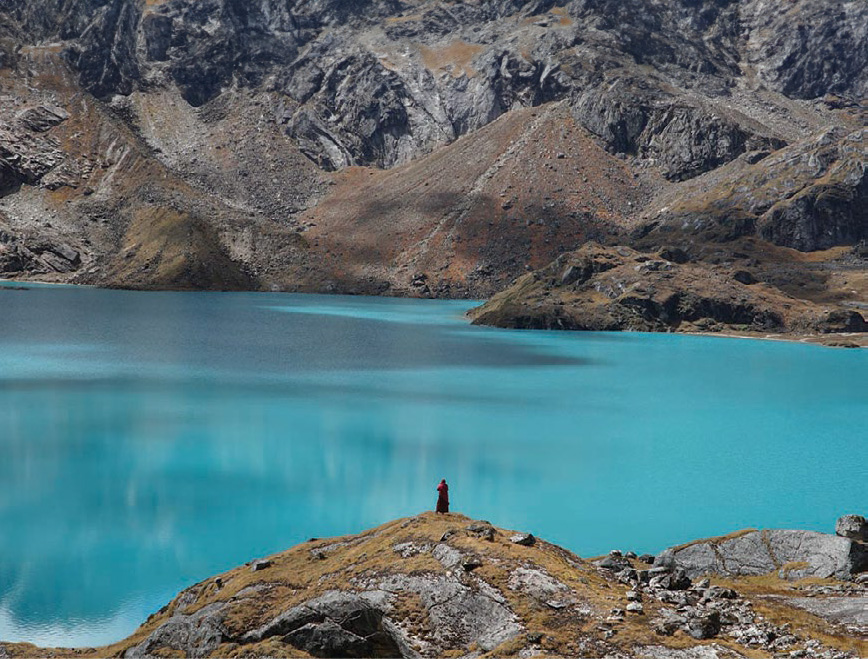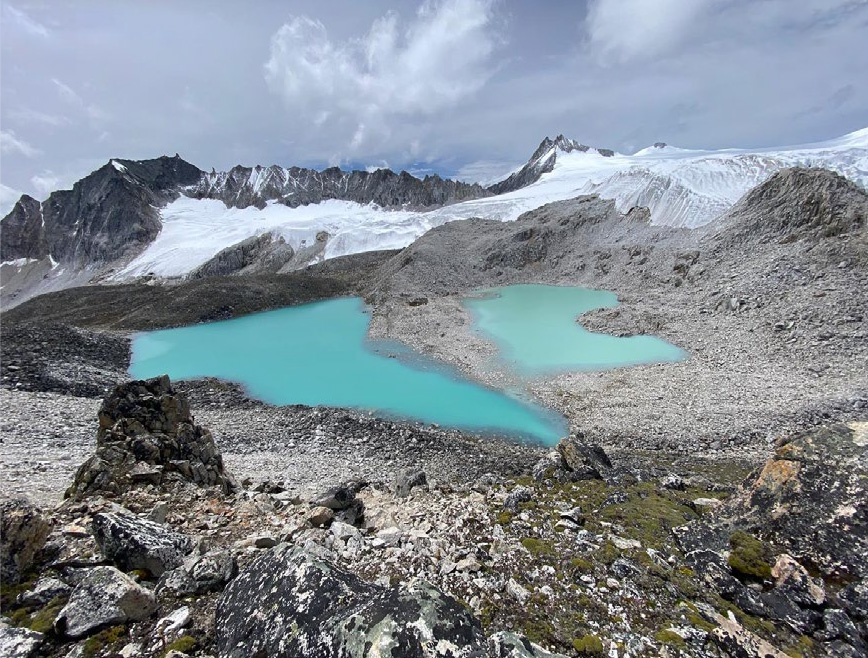Trekking Adventure
Recommended Trekkings Adventures
Trekking in Bhutan offers a captivating blend of natural beauty and cultural discovery. The country’s pristine landscapes, nestled in the Eastern Himalayas, feature snow-capped peaks, verdant forests, and serene valleys, making it an ideal destination for trekking enthusiasts. Trails like the Druk Path, Jomolhari Trek, Laya Gasa Trek, Dagala Drek, Nub Tshonapata Trek and Snowman Trek take adventurers through stunning alpine scenery, ancient monasteries, and remote villages. Bhutan’s unique trekking experience is enriched by its rich Buddhist heritage, allowing trekkers to immerse themselves in local customs and traditions. With strict conservation policies and limited tourist access, Bhutan provides a rare and unspoiled trekking adventure for nature lovers.






Things to Consider for Trekking in Bhutan
Choice of Trek Grade
Bhutan is a home to several grades of trekking routes offering trekkers to match their likings and potential. Choosing the right trek grade is crucial for a safe and enjoyable trekking experience. Trek grades range from easy to strenuous and help hikers assess the level of difficulty they should expect. The grade you choose should match your fitness level, trekking experience, and physical capabilities. For beginners or those with limited experience, an easy or moderate trek, with gradual inclines and well-defined paths, is ideal. More advanced trekkers may prefer challenging routes that include steep ascents, high altitudes, and rough terrain. Trek grade also considers factors like the weather, altitude, and duration, all of which can affect the difficulty. Making the right choice prevents exhaustion, injury, and potential altitude sickness, ensuring a rewarding adventure. Researching the route and consulting with experienced trekkers or guides can help in making the best choice for a successful trekking experience.
Physical Fitness
Physical fitness is essential for a successful and enjoyable trekking experience. Trekking often involves navigating rugged terrain, steep ascents, and long distances, which require strength, endurance, and stamina. A well-conditioned body enables trekkers to maintain a steady pace, avoid injury, and handle the physical demands of the trek, especially in high-altitude areas where oxygen levels are lower. Good cardiovascular fitness helps the body adjust to changing elevations, while strong muscles support joints and reduce the risk of fatigue.
Furthermore, mental resilience, often boosted by physical fitness, plays a crucial role in overcoming the challenges of trekking, such as difficult weather conditions or extended walking hours. Adequate preparation through regular exercise, stretching, and strength training builds endurance and flexibility, making the trek safer and more enjoyable. Ultimately, being physically fit allows trekkers to fully appreciate the journey, focus on the surroundings, and complete their adventure with confidence.
Personal Trekking Gears
Personal trekking gear plays a vital role in ensuring safety, comfort, and preparedness during a trek. The right equipment enhances your trekking experience by allowing you to adapt to various weather conditions and challenging terrains. Essential items include sturdy, comfortable hiking boots that provide support and traction, helping prevent blisters and injuries on uneven paths. Clothing should be layered, moisture-wicking, and weather-appropriate to keep you warm, dry, or cool depending on the environment.
A well-fitted backpack is necessary to carry essentials like water, food, a firstaid kit, navigation tools, and extra clothing. Trekking poles can aid in balance and reduce strain on knees during steep ascents or descents. Other important items include a reliable headlamp, multi-tool, and sunscreen for protection from the sun’s harsh rays. Choosing high-quality, durable gear tailored to the specific trek helps ensure a safe and comfortable adventure, allowing trekkers to focus on the journey rather than potential discomforts.

